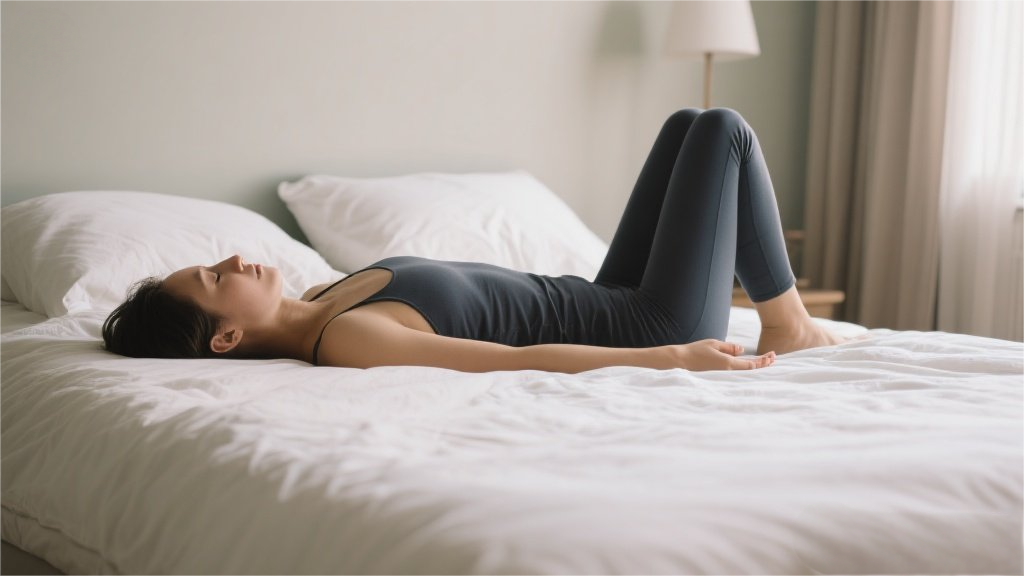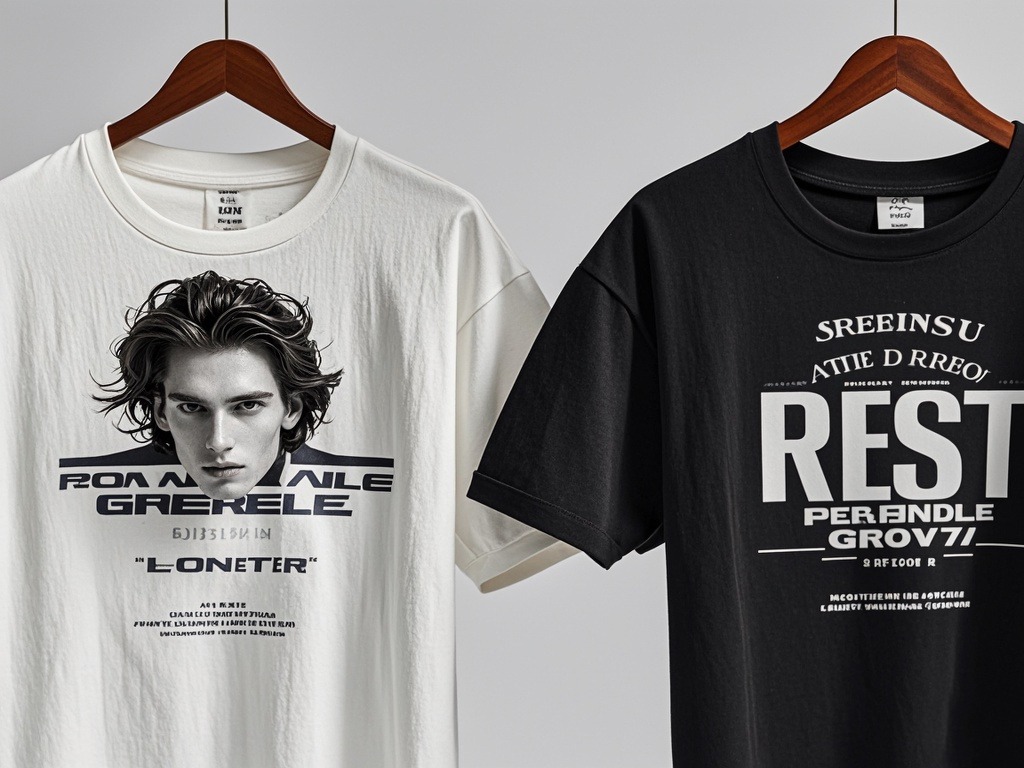If you've ever dismissed pajama sets as frivolous or unnecessary, let me tell you—you're missing out on a secret weapon for self-care. That silky matching set isn't just fabric; it's a mindset shift waiting to happen. I used to think sleepwear was purely functional until a gifted pajama set transformed my entire approach to rest, routine, and self-worth.
The Psychology of Pajama Dignity
There's something neurologically powerful about ditching ratty sleep tees for intentional nighttime attire. Clinical studies on enclothed cognition—how clothing affects psychological processes—show that what we wear directly influences confidence and behavior. When you swap that stretched-out band shirt for proper pajamas, your brain receives a signal that this transitional time matters. It's why people who dress for work-from-home days report better productivity than those who stay in sweats. That same principle applies to sleep preparation. The tactile experience of smooth satin or crisp cotton against your skin creates sensory boundaries between "chaotic day" and "restful night," priming both body and mind for quality recovery.
Fabric as Self-Care Language
Different materials communicate distinct intentions with your nighttime routine. Breathable organic cotton whispers "I prioritize comfort," while temperature-regulating bamboo viscose declares "I understand my body's thermal needs." The luxurious drag of charmeuse silk across your collarbones isn't vanity—it's tactile mindfulness, forcing you to slow down as you change clothes. Even the sound differs; compare the crinkly protest of old gym shorts to the hushed sigh of well-made pajama pants moving with you. These subtle sensory cues accumulate into what sleep researchers call "habit stacking"—using one intentional behavior (changing into designated sleepwear) to trigger subsequent wind-down rituals like skincare or reading.
The Ripple Effect of Nighttime Intentionality
Investing in proper sleepwear creates unexpected positive externalities. That matching set eliminates the 2 a.m. "is this clean?" debate that disrupts sleep hygiene. Coordinated pieces remove decision fatigue—no more staring bleary-eyed at drawer contents when exhausted. The psychological weight of caring for your sleep self spills into other areas: you'll likely drink more water to avoid staining nice pajamas, be more diligent about washing your face, and even sit rather than sprawl while reading in bed. It's not about being fancy; it's about creating visual and tactile reminders that your rest deserves the same consideration as your waking hours.
Breaking the Sleepwear Class System
affordable satin sets exist at Target, ethical cotton brands offer payment plans, and plus-size inclusive designs finally acknowledge that dignity isn't size-dependent. Your local Buy Nothing group likely has gently used sets up for grabs. The barrier isn't cost; it's overcoming the internalized belief that we don't "deserve" designated sleep clothes unless they're hand-me-downs or freebies.
Pajama Anthropology: What Your Sleepwear Says
My collection now reads like a personality mood board. The high-neck modal set means business—those are for nights requiring melatonin and a strict lights-out policy. The cherry-print cotton shorts set signals playful summer energy. The oversized linen shirt-dress style? That's for "I might answer the door for delivery" days. Unlike the anonymity of old tees, each pajama set carries intentionality. Sleep scientists note that maintaining distinct daywear vs. sleepwear helps regulate circadian rhythms by reinforcing temporal cues. Your brain starts associating specific textures and fits with wind-down time, making physiological transitions smoother.
From Sleepwear to Self-Worth
The most profound change wasn't in my drawer but in my self-perception. Wearing something designed purely for my comfort—not for public viewing, not for workouts, just for me—became a daily act of self-respect. It countered the capitalist lie that our value stems from productivity; these clothes existed solely for my rest. That mentality shift extended beyond the bedroom, making it easier to set other boundaries. If I could prioritize my sleep needs, saying no to unnecessary late-night scrolling or overcommitments became simpler. The pajamas were both armor and permission slip.
Your relationship with sleepwear might seem trivial until you experience how profoundly it can alter your relationship with rest. This isn't about keeping up appearances—it's about the radical act of treating your most vulnerable, private hours with deliberate care. Whether it's a $10 jersey set or splurge-worthy silk, the magic lies in choosing to say, every single night, "I matter enough to prepare properly for my own restoration." And that, my friends, is where the real luxury lives.
























